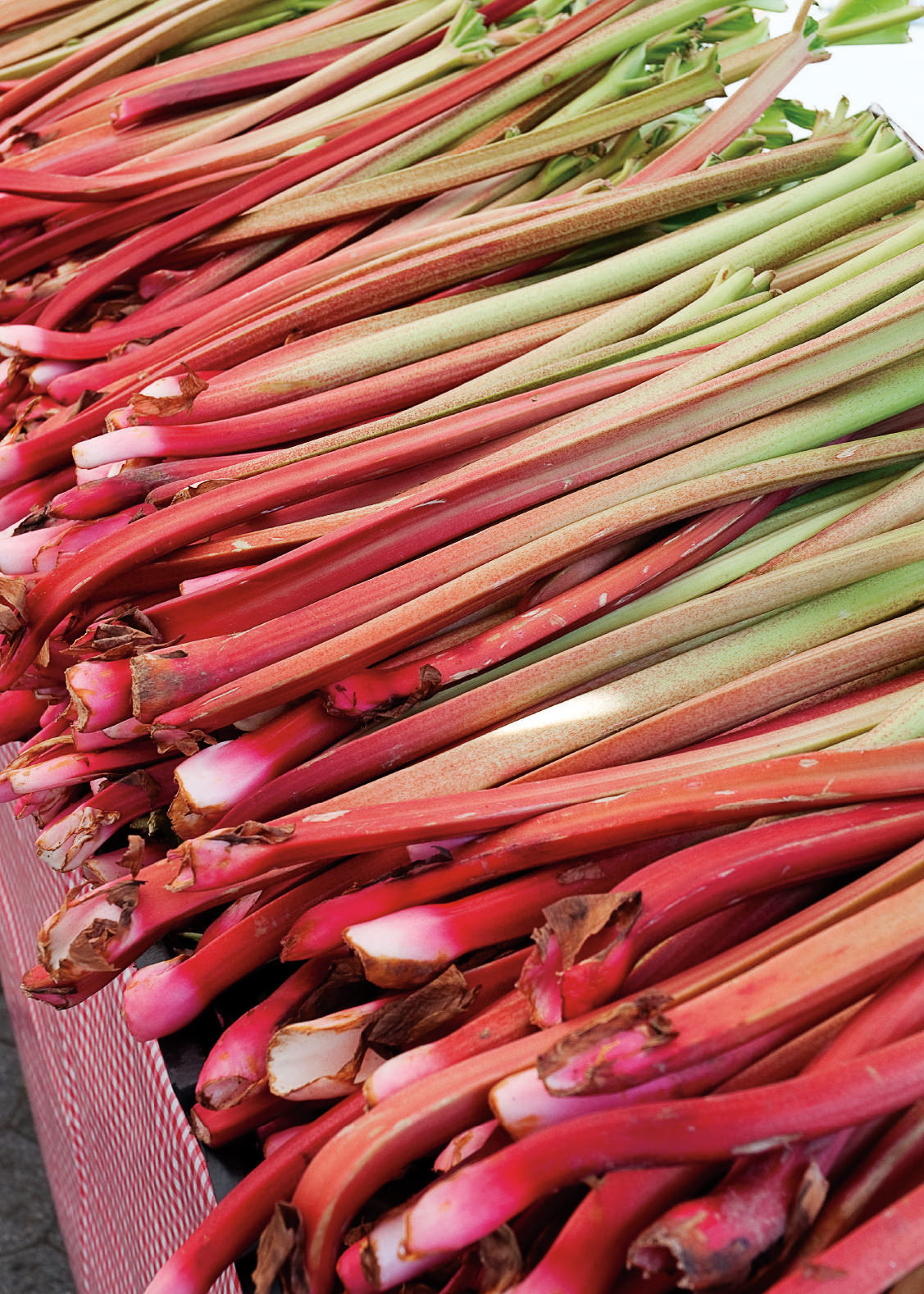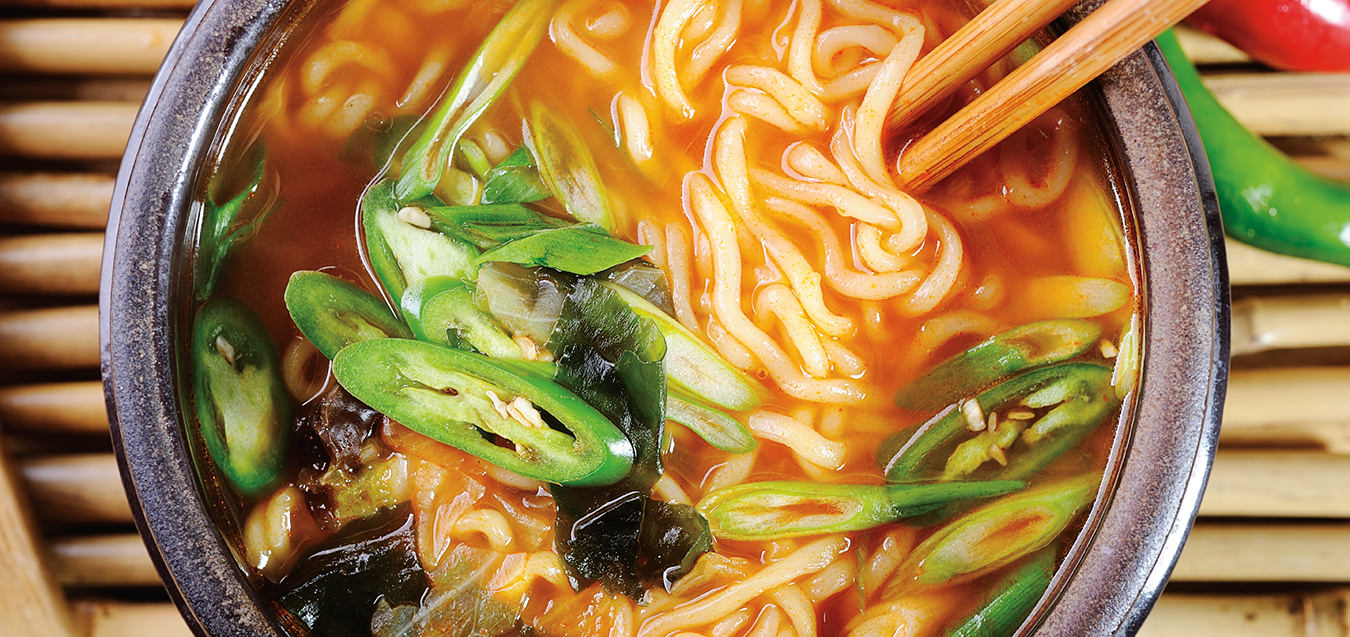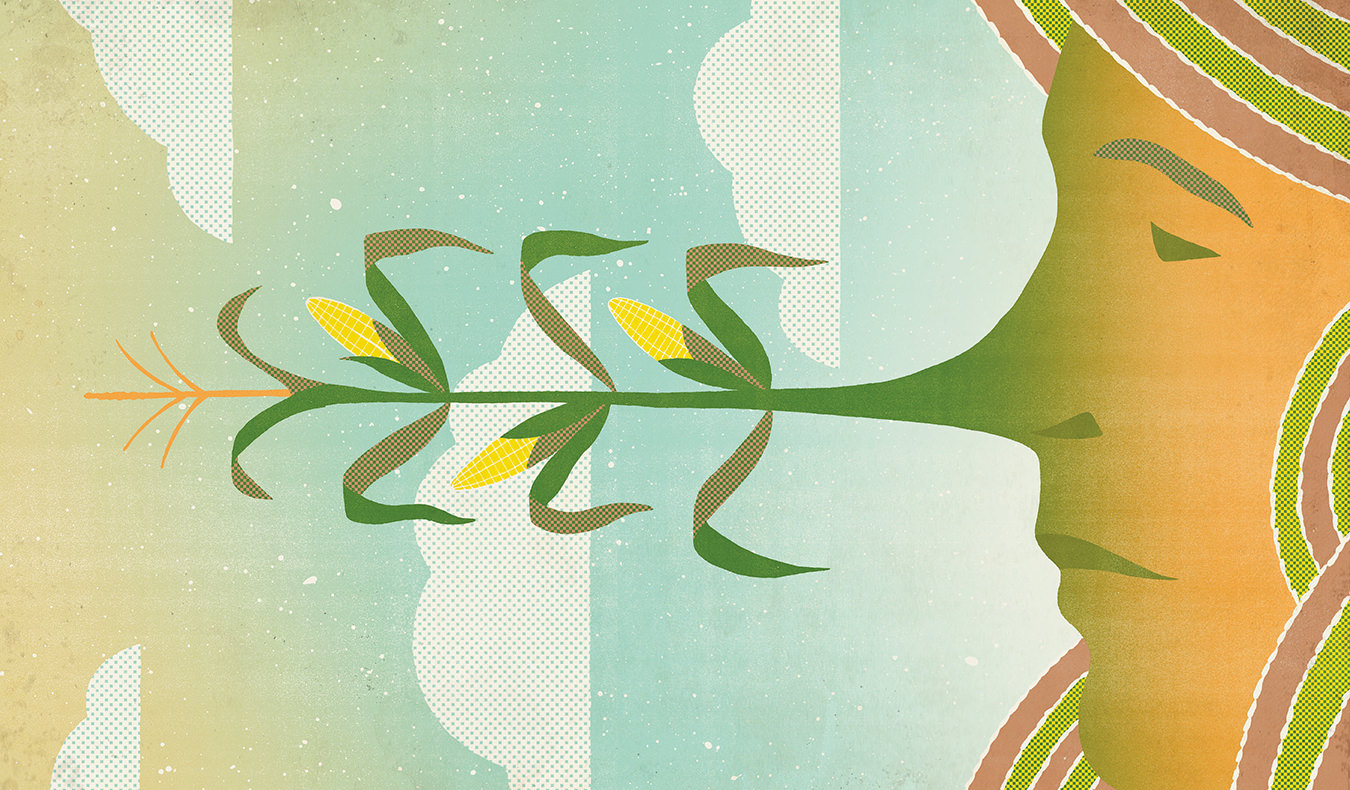Dandelions
Edible and everywhere.

You’re attending a gathering of the vast botanical clan of Asteraceae, a family of more than 20,000 species. In one corner, an innocent cluster of English daisies gapes as a loutish gang of common thistles swaggers by. Flaunting their high-voltage hot pink, orange, and purple hues are gerberas, zinnias, and dahlias, and behind them, a lofty array of sunflowers. All are related, including that cheerful mass of Taraxacum officinale over there that’s looked down on by everyone. Yet these are flowers that, in theory, offer more than anything else in the great outdoors does. In bloom more months than not, outstandingly easy to grow, capable of ethereal beauty even as they die, and edible from petals to root tip, this is “floraldom” at its finest. So why do we hate dandelions so much?
If ever there was a plant in need of rebranding, it’s Taraxacum officinale. Even discounting its utility, the dandelion is still a handsome botanical specimen, with its merry yellow flowers, except that no gardener looks at it objectively. While starry daisies earn comments about Monet-like charm, one glimpse of a dandelion and it’s off to the potting shed and out with the weed killer. But the dandelion is a fighter. Chemicals will destroy it, but kinder souls who try to dig it up find that its long taproot invariably snaps—and regenerates. In the meantime, that enchanting dandelion clock is subversively designed to disperse its seeds; in the United Kingdom, children like to count up to 12 to see if they can send all its tiny parachutes aloft while “telling the time”.
But then, the dandelion comes from a long line of survivors. Like many plants, the first immigrant to Canada probably hitched a lift in some settlers’ baggage, quickly made itself at home, and fast became known as a source of food and medicine. The name “dandelion” has nothing to do with dandies, but it does have something to do with lions. It derives from dent de lion, French for “lion’s tooth”, which its serrated leaves somewhat resemble. In France, it’s also known as pissenlit because of its reputed diuretic properties.
The sooner you deal with dandelions, the less likely they are to spread—but, happily, that’s also when they are at their most delicious. Leaves and flowers grow bitter with age, so for the sake of your lawn (or your dinner table), harvest them while they’re young.
You can gather dandelion heads by the bucketful and make them into wine (although it tends to taste like mediocre sherry). You can also infuse a jelly for spreading on your breakfast toast. (A caveat: recipes tend to call for vast quantities.) Easiest of all is to pluck a few bright flowers, pull off the petals and sprinkle them as a dazzling last-minute garnish for a green salad or risotto. Even better, do as the French do each printemps and harvest dandelion leaves while they’re still criminally young. Rinsed and dried, tossed with thinly sliced green onions and a handful of lardons (bacon slices scissored into quarter-inch strips and pan-fried until crisp), these wake-up flavours signal the end of winter.
It’s not only hunter-gatherers who incorporate dandelions into their dishes. Organic farmer Heather Pritchard is the farm program manager for Farm Folk/City Folk, as well as co-founder of Glorious Organics Co-operative farm in British Columbia’s Fraser Valley. “Mostly we don’t cultivate dandelions. They’re a gift,” says Pritchard. “There’s no way on earth you can get rid of them on an organic farm. They grow everywhere in early spring.” Besides, she adds, “a salad mix is best when it includes a small selection of bitter flavours.” We’re not talking peasant food here. But, although the co-operative sells salads to high-end restaurants like Bishop’s in Vancouver and the dining room of the Post Hotel & Spa in Lake Louise, it also dishes them out to staunch local food supporter and Fraser Valley eatery Seasonal 56. The common element: a fixation on top-notch ingredients.
Gourmets who travel far and wide are likely to run into dandelions almost everywhere. In Paris, Hélène Darroze plates them with foie gras. Across the channel, Gordon Ramsay teams what even the most polite gardener might call “effing dandelions” with arugula and green onions to go alongside spiced pork chops and sweet potatoes. Track back to the Southern United States and you’ll find Emeril Lagasse using dandelion greens with white beans and pancetta. All recognize that the dandelion’s rustic energy makes a sharp foil for fatty richness. They’re popular in Italy, too, although what’s known as the Italian dandelion—Catalogna frastagliata—is actually a kind of chicory.
Meanwhile, back in the Fraser Valley, Heather Pritchard talks of a coffee substitute made from roasted and ground dandelion roots. The resulting beverage contains no caffeine and is said to keep your insides in good shape. You can also dye fabric a fetching shade of magenta with dandelion roots. And even the milky juice from a dandelion stem can be put to good use as a wart cure. Dandelions? Bring ’em on.
Photo ©Benjamin Brandt/iStockPhoto.




